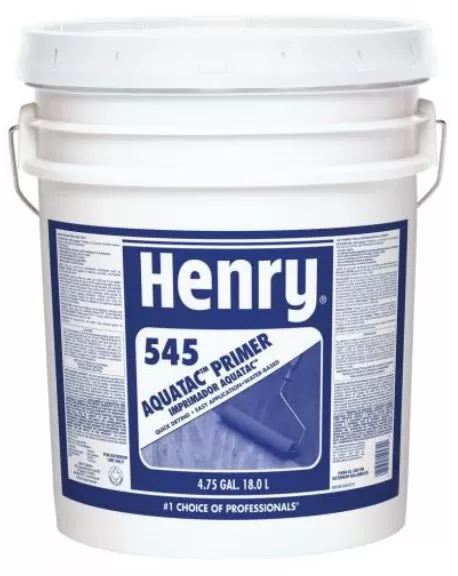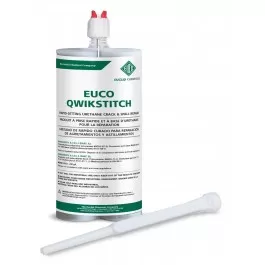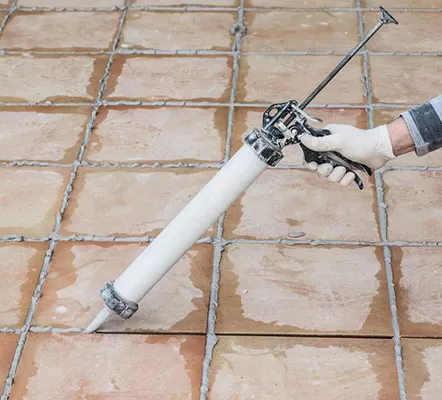Blog
Simple Steps To Seal Fascia Gaps In Your Roof
If you are not sure what fascia boards are, these are the wooden boards that are placed along the eaves of the house. They help to add aesthetic appeal to the house, by rounding off the edges of the roof. However, fascia boards are prone to damage from the elements. For example, they can be affected by insects, weather, and moisture if not properly sealed. When this happens, they are likely to break away and ruin the look of your home. The good news is that there are ways that you can prevent this by sealing the fascia boards. This helps to keep moisture away from them and thus makes them a lot more durable.
Sealing your fascia boards is also going to minimize the chances of the boars fading, which in turn helps to keep your house looking great. If you want to seal fascia gaps in your house, here are some steps to follow.
Get the Weather Right
The best time to apply a sealant to your fascia boards is during dry weather. Moisture reduces the effectiveness of the sealant, which can ruin the end results. The other reason to pick a dry period to apply the sealant is safety issues. Since applying fascia gap sealant is likely to involve using ladders, such operations are easier and safer when there is no rain or snow.
Inspect The Fascia Boards
The idea here is to understand which areas need to be worked on. By doing this, you also get a rough idea of how much sealant you are going to need. Doing this also helps you understand all the tools you will need such as ladders, goggles, and gloves.
Position Ladder Properly
Once you pick a spot to start, place the ladder carefully underneath the target area. The ladder should be placed in such a way that it gives you maximum reach of the area to be treated. Keep in mind that it is better to move the ladder if the area being treated is beyond reach, rather than try to stretch out to reach it while on the ladder. Ensure that the surface where the ladder rests is even. You can also choose anti-slip ladder pads for enhanced safety. Still, on safety, this would be the right time to don safety gloves. The gloves will protect you from the caustic properties of the sealant compound. You should use heavy rubber gloves that provide protection while allowing for maximum hand movement.
Apply Wood Patch
Using your hands, roll a blob of wood patch between your palms in order to make it soft and easy to work. Do this very carefully so as not to lose your balance. Once soft enough, you can then apply it to the gap. Keep adding more wood patches so as to completely fill the gap.
Use a trowel or a putty knife to smoothen out the edges of the ga, removing any extra wood patch compound that may have spilled over the edges. When this is done, leave the patch to dry for about six hours.
Seal The Area
After the treated area is completely dry, you can apply a silicone-based sealant to help prevent water from getting into the repaired area. The last step is to paint over the area with a color that matches the rest of the fascia board to give your house a uniform look.




